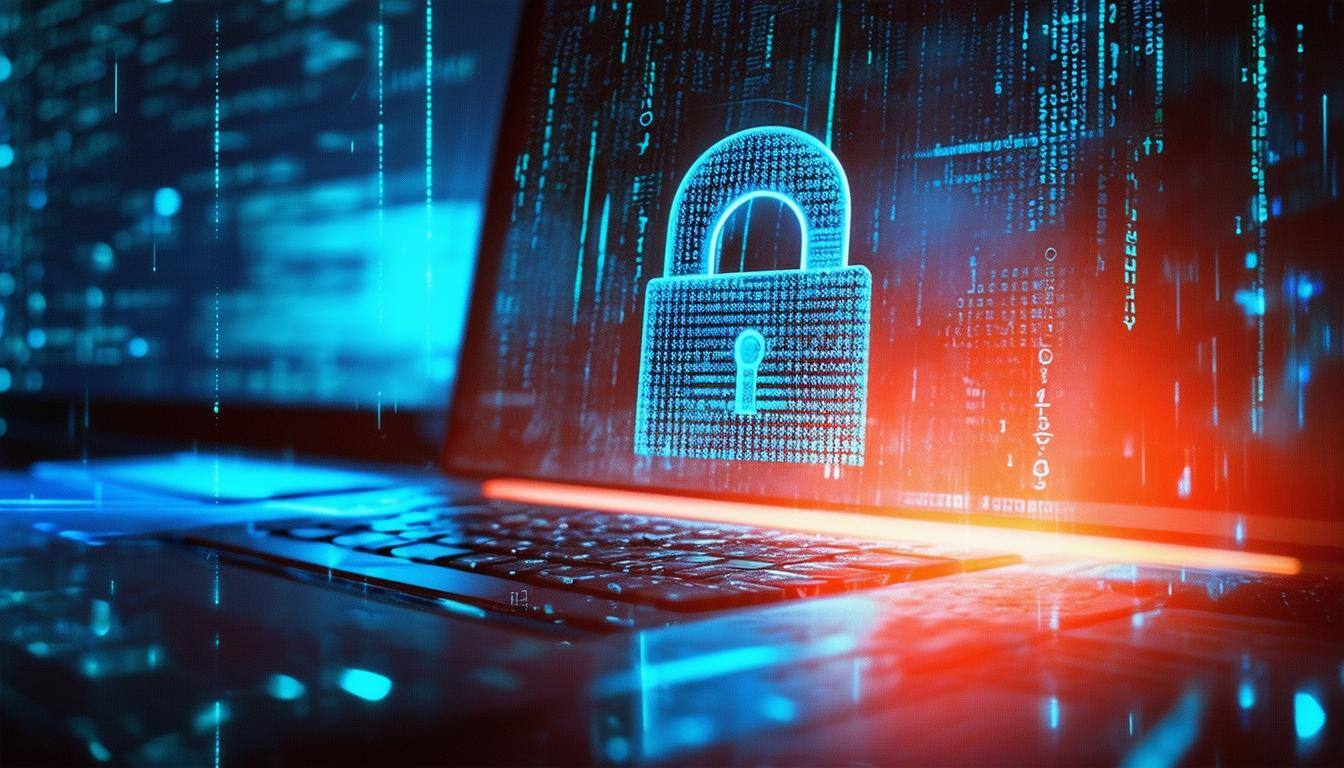Remember those old detective movies where the investigator would pore over stacks of papers late int...

CourseMonster specialising in navigating the complexities of IT Training, our team of seasoned professionals is dedicated to reshaping training functions for industry leaders like Services Australia and Telstra.
Through a partnership with CourseMonster, clients gain access to a comprehensive suite of Training Managed Services, covering everything from course development to the efficient management of learning technology. With over two decades of experience, we excel in on-the-ground management and administration of the entire learning process

Remember those old detective movies where the investigator would pore over stacks of papers late int...

Let’s face it—security audits aren’t exactly what most of us dream about at night. The words “ISO st...

In today’s fast-paced world, Artificial Intelligence (AI) isn’t just a buzzword—it’s a game-changer....

The rapid growth of artificial intelligence (AI) has fundamentally changed how we interact with tech...
Getting certified in CompTIA A+ is a great way to kickstart your career in the IT industry. This glo...
In today’s digital age, the looming threat of cyberattacks casts a shadow over businesses of all sha...
The cybersecurity sector is undergoing unparalleled growth, fueled by the surge in cyber threats and...
An effective risk mitigation strategy is essential for minimizing potential threats and ensuring bus...
A certification can greatly enhance your IT career, especially in fields like CEH hacking, and incre...
IT professionals can showcase their motivation, dedication, and technical expertise regarding a part...
A recent report indicates that the government sector experienced a significant surge in cyberattacks...
At CourseMonster, we specialize in guiding companies through the complex world of IT Training. Our extensive team of world-class learning professionals is dedicated to transforming training functions and helping leading companies, like Services Australia and Telstra, maximize their training budgets.